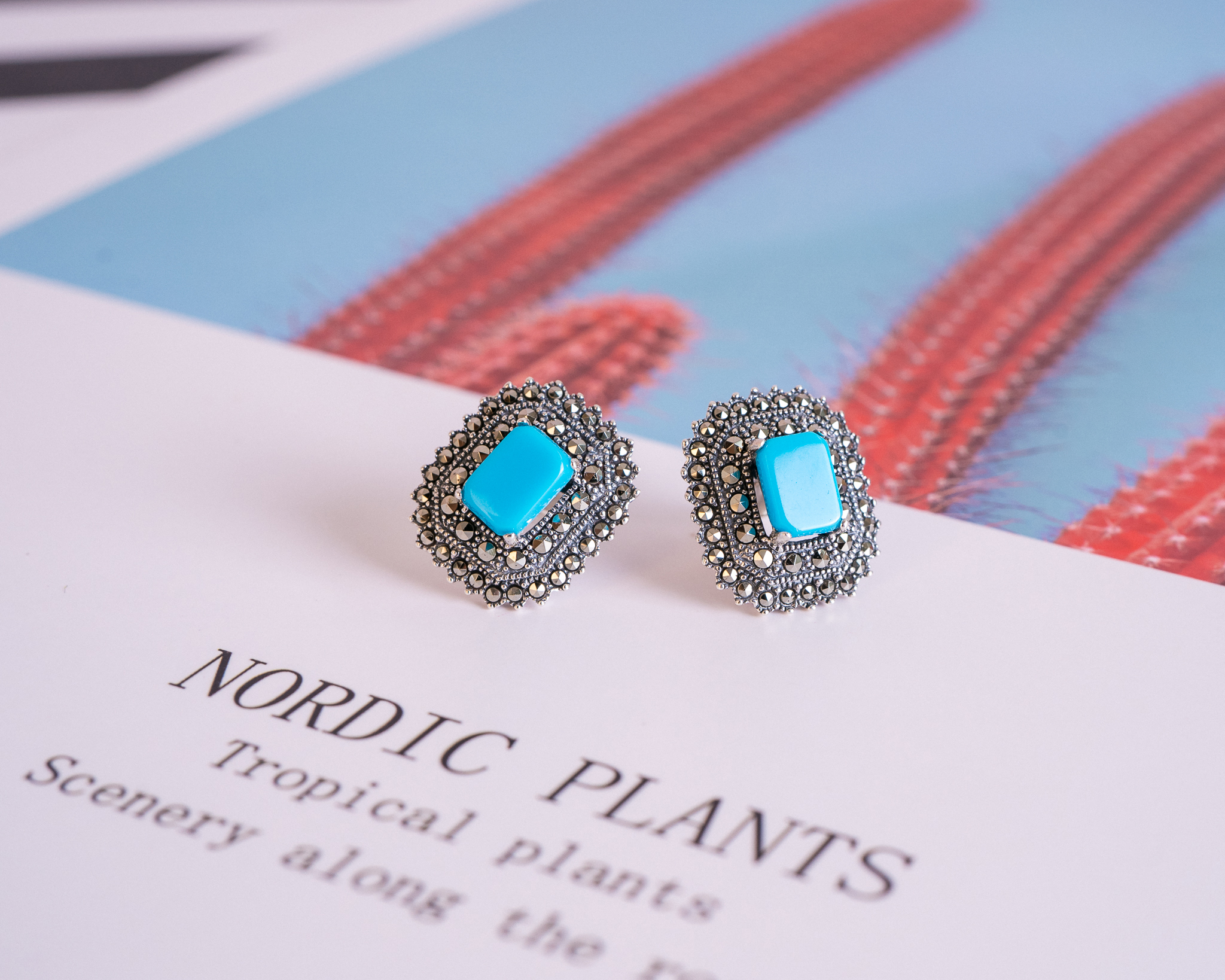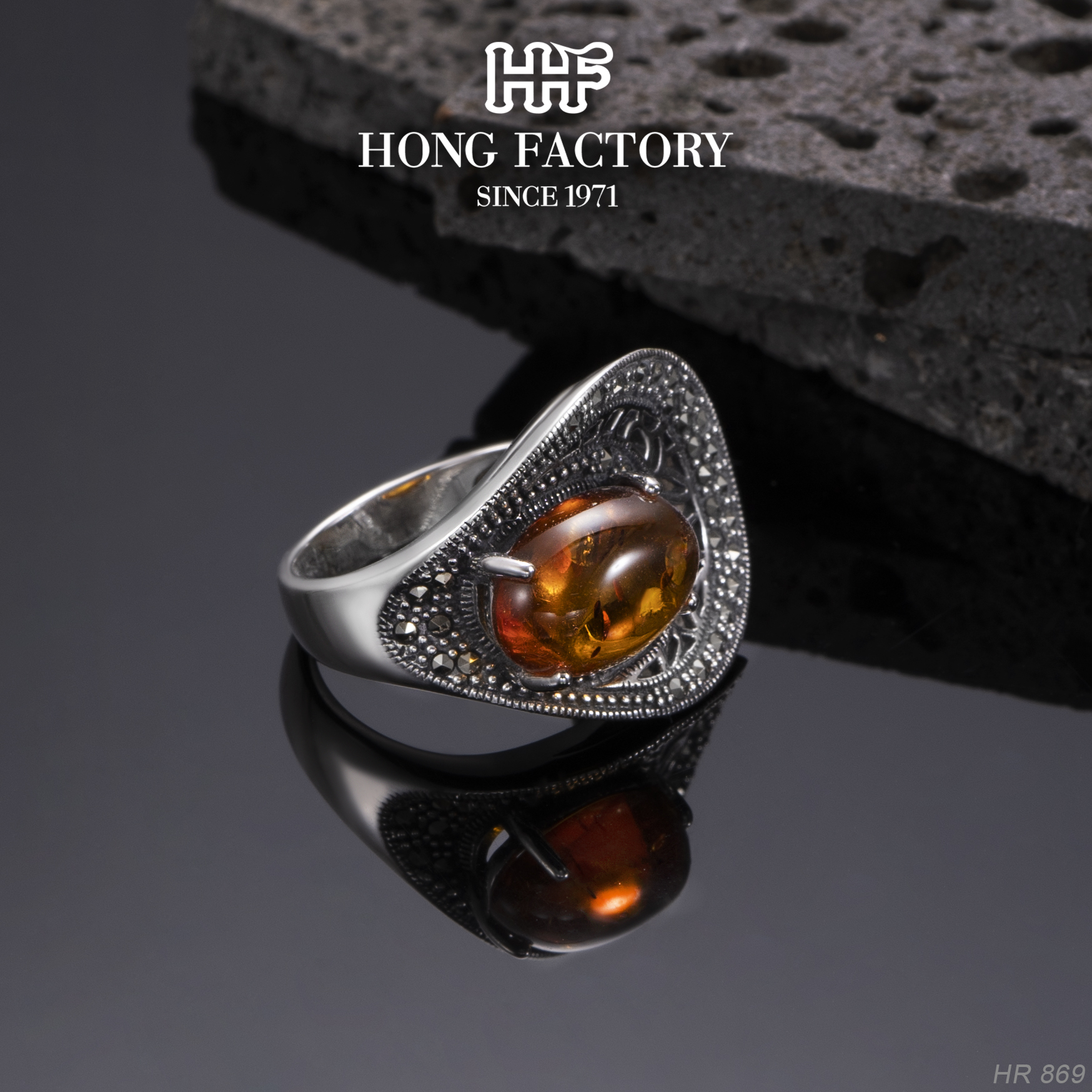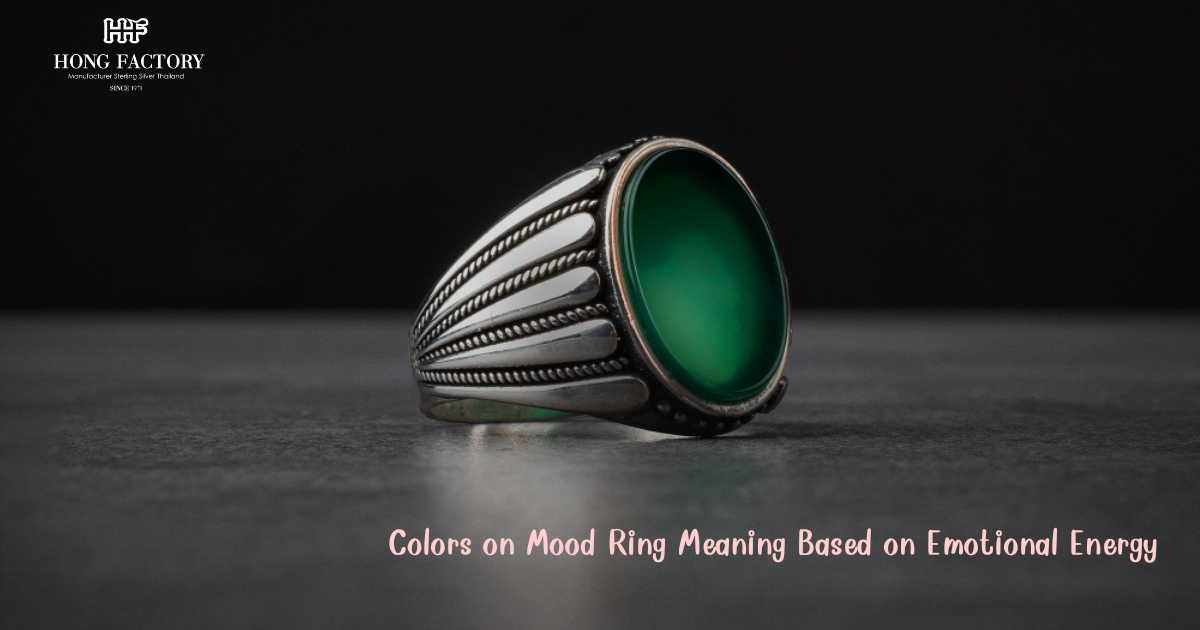Mood rings are more than just colorful accessories they’re wearable reflections of how we feel. As they respond to body temperature changes, mood rings shift colors, giving insight into emotional energy levels. Whether you’re feeling calm, anxious, energized, or reflective, these shifting hues reveal a spectrum of feelings that can be linked to your emotional state.
This guide will help you understand how the colors on mood ring align with different levels of emotional energy, allowing you to better interpret your moods and those of others. 925

How Mood Rings Reflect Emotional Energy
Mood rings contain thermochromic liquid crystals that react to heat. As your emotional state changes, so does your body temperature. These temperature shifts cause the crystals in the mood ring to rearrange, changing the color of the ring. Since emotions like excitement or stress affect body heat, the ring can act as a visual cue for emotional energy.
For example:
- High energy (excitement, joy) tends to warm the skin, resulting in brighter colors.
- Low energy (fatigue, sadness) may cool the skin, resulting in darker tones.
Colors on Mood Ring: Emotional Energy Indicators
Let’s break down the most common colors on mood ring and what they reveal about your emotional energy.
1. Blue – Calm and Steady Energy
Blue typically represents a relaxed and emotionally stable state. It signals peacefulness and gentle emotional energy.
Emotional indicators:
- Tranquility
- Inner balance
- Reflective mood
Energy level: Moderate and well-regulated
2. Green – Neutral or Focused Energy
Green symbolizes balance. It’s often the base state of emotional energy, where you are neither overly energized nor emotionally drained.
Emotional indicators:
- Mental clarity
- Comfort
- Readiness to act
Energy level: Stable and grounded
3. Purple – Passionate and Expressive Energy
Purple is associated with high emotional energy. It may reflect creativity, strong feelings, or romantic excitement.
Emotional indicators:
- Passion
- Inspiration
- Love or affection
Energy level: Elevated and expressive
4. Amber – Restless or Anxious Energy
Amber indicates alertness but also emotional discomfort. You might be feeling a little on edge or distracted.
Emotional indicators:
- Worry
- Nervous energy
- Mental overstimulation
Energy level: Uneven or slightly elevated
5. Gray – Low or Reflective Energy
Gray often shows up during emotional withdrawal or tiredness. It suggests a need for rest and emotional reset.
Emotional indicators:
- Fatigue
- Introversion
- Emotional detachment
Energy level: Low and reflective
6. Black – Stressed or Blocked Energy
Black is the color of intense stress, fear, or coldness. It may also appear when your fingers are too cold for the ring to work properly.
Emotional indicators:
- Anxiety
- Anger
- Overwhelm or shutdown
Energy level: Severely depleted or disrupted

Using Mood Rings to Monitor Emotional Energy
Mood rings aren’t exact science, but they’re excellent for building emotional awareness. Here’s how you can use your ring as a daily emotional guide:
- Track your patterns: Take note of what color appears during different times of day or situations.
- Create emotional check-ins: Let the ring’s color serve as a prompt to pause and reflect.
- Pair with wellness tools: Use alongside journaling, meditation, or breathwork for deeper insights.
Tips for Wearing Mood Rings Effectively
To ensure accurate readings:
- Wear on clean, dry fingers for consistent temperature contact.
- Avoid extreme temperatures, as they can distort readings.
- Remove during handwashing or rain, especially if your mood ring isn’t waterproof.
Why Mood Rings Are Gaining Popularity Again
With growing interest in mindfulness and emotional well-being, mood rings have resurfaced as more than a retro fashion trend. They are now embraced by:
- Wellness communities
- Teachers and therapists (as emotional tools for teens)
- People practicing mindfulness or self-care
These rings combine fashion with function an appealing choice for those who want to stay in tune with themselves.
Mood rings may not give you exact emotional diagnoses, but they can be incredibly helpful in understanding your energy patterns. By observing the colors on mood ring, you learn to recognize when your energy is calm, elevated, scattered, or in need of care. Over time, you may even begin to anticipate your emotional responses and manage them better.
So whether you’re new to mood rings or rediscovering them from the past, let their colors guide you toward greater emotional awareness and energy balance.
